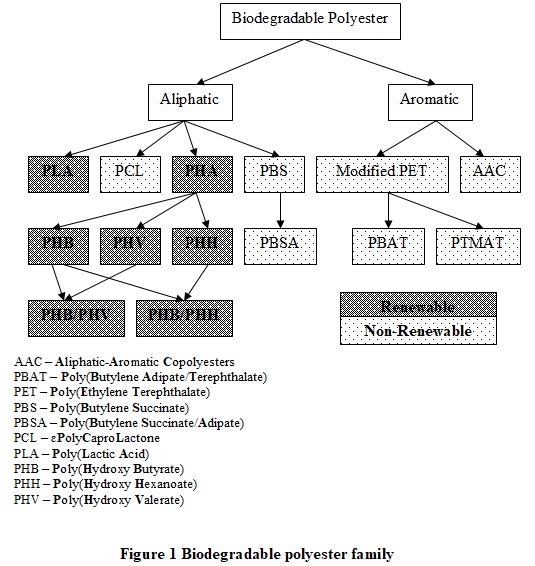
Metal-organic frameworks (MOFs), an emerging new porous materials, have been developing rapidly during the past more than two decades, due to their tailorable and diverse structures/compositions, specific properties, and various potential applications, such as in adsorption, separation, sensing, catalysis, and membrane fabrication. Some advantages of MOFs are the possibility of tuning their structures and properties at the molecular level for target application, the facility of their synthesis, and the infinitude of their selection/formation. Using pre-designed metal nodes and organic ligands has allowed the rational design and construction of these new materials for specific applications, to some extent. So far, basic research has made great progress, but applied research has been pushing forward slowly. Our recent works are focusing on the construction of chemically stable MOFs and the exploration of their applications in several fields, including adsorption and separation, catalysis, conductivity, and membrane fabrication, to promote their practical applications. Particularly, we emphasize the design at the molecular level, the new synthetic method for functionalized MOFs, the high chemical stability of MOFs, and the fabrication of MOF-based membranes, as well as their applications in separations, sensing, and catalysis.
Recently hybrid perovskite materials have attracted great attention as a promising candidate of next-generation optoelectronic devices because of their unique properties such as high absorption coefficient, long charge carrier's diffusion length, ambipolar charge transportability, convenient bandgap tunability, adjustable exciton binding energy, high quantum efficiency, and solution processability. Hence, the hybrid perovskites have been of great interest in optoelectronic devices including solar cells, image sensors, X-ray detectors, light emitting displays, thin film transistors, non-volatile resistive random access memories, hologram memories, thermoelectrics, and so on. Among them, I have focused on a development of next-generation hybrid perovskite solar cells. Here, I would like to introduce and share what I have studied on and what I am studying.
Just in time last year 2018, United Nations Environment Programme has launched major global campaign to fight against plastic wastes to eliminate the major sources of marine litters from micro size particles from cosmetics and waste generated from single-use plastics. Although the campaign is mainly to aware the consumers to reduce the usage of single-use plastic products, many times the single-use plastic products remains unavoidable in human life due to hygiene and convenient purposes. Inasmuch, many people suggest biopolymers are the replacement for non-degradable polymers, not only because derived from renewable resources, but most of the biopolymers are equalized as biodegradable polymers. The misconception about biopolymers are environmental friendly materials may lead to unresolved plastic pollution problems while consumers have to pay higher for the biopolymer products typically packaging. The fact is that biopolymers such as polycaprolactone is derived from the sources of petroleum, while biopolymers such as polylactic acid (PLA) and polyhydroxyalkanoate (PHA) are sourced from renewable agriculture (see Figure 1). Although many people think that agricultural sources should be more environmental friendly, the reality is that growing of crops like cassava and corn to produce starch as the main sources of fermentation ingredients required consumption huge quantities of water for irrigation, synthetic fertilizers, pesticides and herbicides from petroleum derivatives, harvester needs fuel to works and most important the entire polymerization process require large quantities of water and energy resources to produce the biopolymer resin. Also, the transportation of agricultural yield from the farm to factory and resin from factory to the consumers can also consume tonnes of fuel. Eventually production of biopolymers can cause higher emission compared to conventional polymers which available widely in the market. There are also issue of shorter shelf life of food packing with biopolymers resulted from poorer gas permeation resistivity. In conclusion, the consumers are urged that the most important efforts to solve the plastic pollution are through education on wisely usage of plastics while managing plastics wastes more responsible.
